For Employees
Looking for support in your transition to work? You’re in the right place!
English, Español, Français, ترجمة, Português
Returning to Work
Resources for the Pumping & Chestfeeding / Breastfeeding Parent
As a pumping or breastfeeding / chestfeeding parent, there's so much to plan for when you make your return to work. Our free toolkit includes guidance and checklists to help you navigate this challenging time with more ease.
Descargar en español
Télécharger en français
التحميل باللغة العربية
Baixar em português
Your Rights
WHAT YOU NEED TO KNOW
Maine’s Nursing Mothers in the Workplace Law requires employers to provide:
Reasonable break time to breastfeeding employees to express milk
Note that this time may be unpaid or your employer can require you to use
paid break and/or meal times to express milk
A functional space that is NOT a bathroom each time they need to express
In an ideal world, you would be provided with a private room to pump, with a locking door and a clear sign-up system. At many companies, however, this is not possible, and your employer may need to use a less desirable location such as a storage closet or shared conference room.
In Maine, these protections apply for three years after the birth of a child.
Employers may not retaliate or discriminate against you for exercising your right to pump while at work.
Potential Limitations
Notably, there is a chance your employer may be exempted from this law, if providing time or an appropriate private space would substantially disrupt the employer’s operations. If you are facing resistance, and think your company may fall into this category, you may need to be proactive in brainstorming solutions and presenting them to your supervisor.
If you’re not being supported:
First, speak to your HR representative. Summarize any verbal commitments in a follow-up email to create a paper trail.
If speaking to HR does not resolve the issue, contact:
The Maine Department of Labor Wage & Hour Division
207-623-7900 or (TTY) 1-800-794-1110
Does your workplace do a great job of supporting lactating employees?
Do you think they should be recognized?
If you need help reaching the requirements, please contact us at info@mainebreastfeeds.org and we’ll be happy to support you along the way!
THE LATEST
FROM OUR BLOG
1 in 4 lactating parents in the United States go back to work in less than 2 weeks.
Quick
External Resources
FOR EMPLOYEES
pumpspotting app is a wonderful resource for parents and employers alike!
Maine DHHS - Maine Workplaces Support Nursing Moms
The Fifth Trimester: The Working Mom’s Guide to Style, Sanity and Success by Lauren Smith Brody
Federal DHHS Office on Women’s Health
Work. Pump. Repeat: : The New Mom’s Survival Guide to Breastfeeding and Going Back to Work by Jessica Shortall













